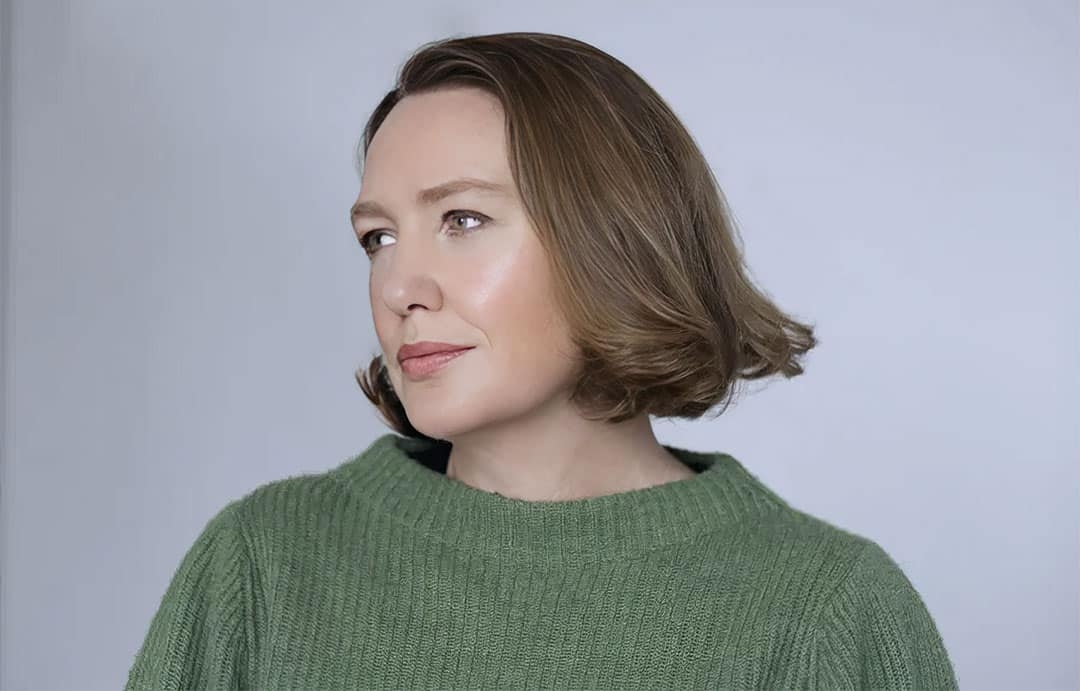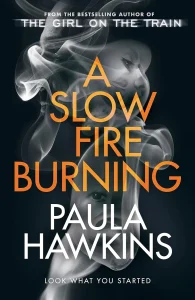- RLF News
- Article
My Writing Life: Paula Hawkins

- 12 March, 2024
Paula Hawkins worked as a journalist for fifteen years before turning to fiction. She is the author of two #1 New York Times bestselling novels, Into The Water and The Girl on The Train. An international #1 bestseller, The Girl on the Train has sold 23 million copies worldwide and has been adapted into a major motion picture. Her third thriller, A Slow Fire Burning, is out now in hardback. Paula was born in Zimbabwe and now splits her time between London and Edinburgh. She is a trustee for the Royal Literary Fund.
1. What book should every writer read?
On Writing, Stephen King’s writing guide-slash-memoir, is reassuring, unpretentious, genuinely helpful and funny, too. A Swim in a Pond in the Rain, George Saunders’ book about the writing of Chekhov, Tolstoy, Turgenev and Gogol, is a marvel for writers and readers alike: warm, engaging and illuminating on matters of craft.
2. What is the one thing you wish someone had told you before you started your writing career?
That nothing is wasted: that all the drafts and the discarded ideas and even the failed novels will teach you something and move you further forward. And perhaps also that, when success comes, it will feel undeserved, in much the same way abject failure did.
3. What is the best advice you’ve ever received about your writing?
Hilary Mantel once wrote that you should write “with the maximum uncertainty you can tolerate”, and that is what I endeavour to do. In life, I’m a planner – I can’t bear disorder, mess and uncertainty – but in my writing life, I’ve come to realise that meticulous planning is creatively stifling. To write into the (relative) unknown is discomfiting in all the right ways.

4. What is the most underestimated challenge about being a professional writer?
I’m well aware that this is not the greatest challenge facing the majority of authors, but personally, I don’t enjoy the pressure to be online. Understandably, publishers expect writers to have a social media presence, but I find it increasingly difficult to use in interesting or innovative ways while simultaneously avoiding what seems to be the inevitable (political and/or personal) negativity.
5. What was the proudest moment of your writing career?
The press response to my second novel was bruising, so I was delighted by the positive reviews for A Slow Fire Burning. Anything remotely approaching critical acclaim is precious to me.
6. What is your typical writing day like?
I get up and get out – for a walk, a run, or to the gym – and then I’ll sit down at my desk with a coffee. I usually write until early afternoon, after that I’ll read and catch up on admin. I sometimes have a later burst of activity, and will write for another hour or two, but my best work is invariably done first thing.
You might also like:
My Writing Life: Dreda Say Mitchell
Dreda Say Mitchell is a best-selling and award-winning author appointed an MBE by Her Majesty Queen Elizabeth for her services…
My Writing Life: Kiran Millwood Hargrave
Kiran Millwood Hargrave is a poet and novelist. Her debut, The Girl of Ink & Stars, won the Waterstones Children’s…
My Writing Life: Bidisha Mamata
Bidisha Mamata is a writer, broadcaster and an artist who makes films and stills. She is the author of the…